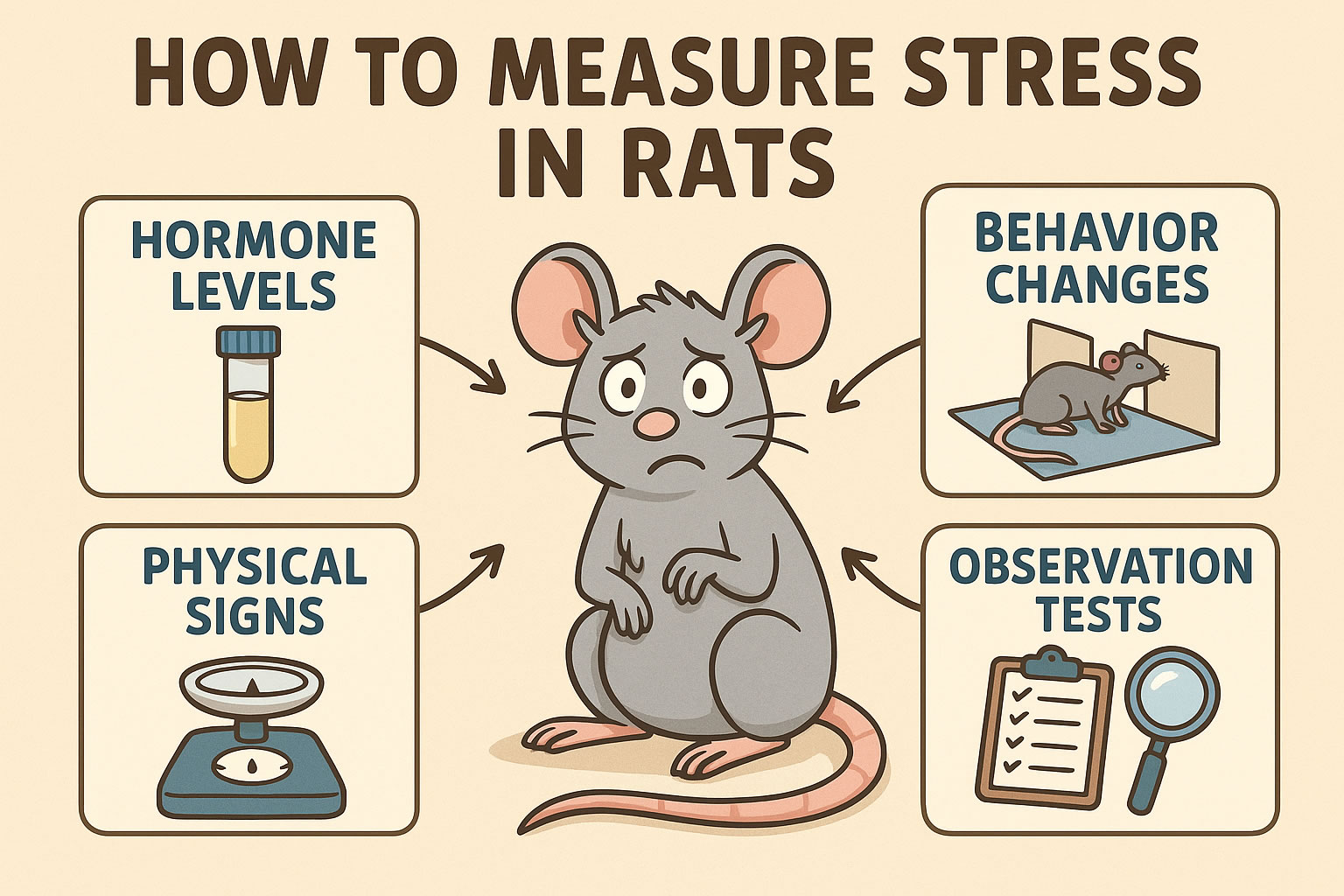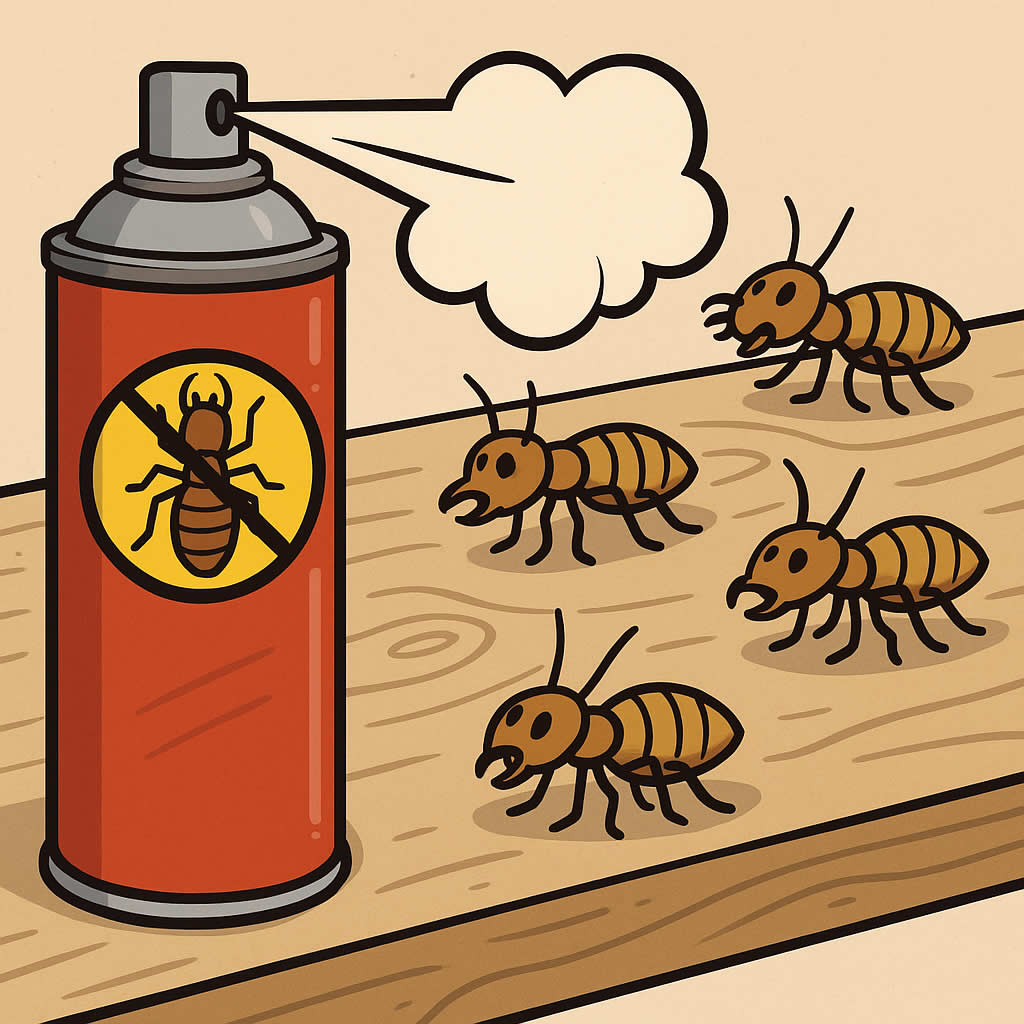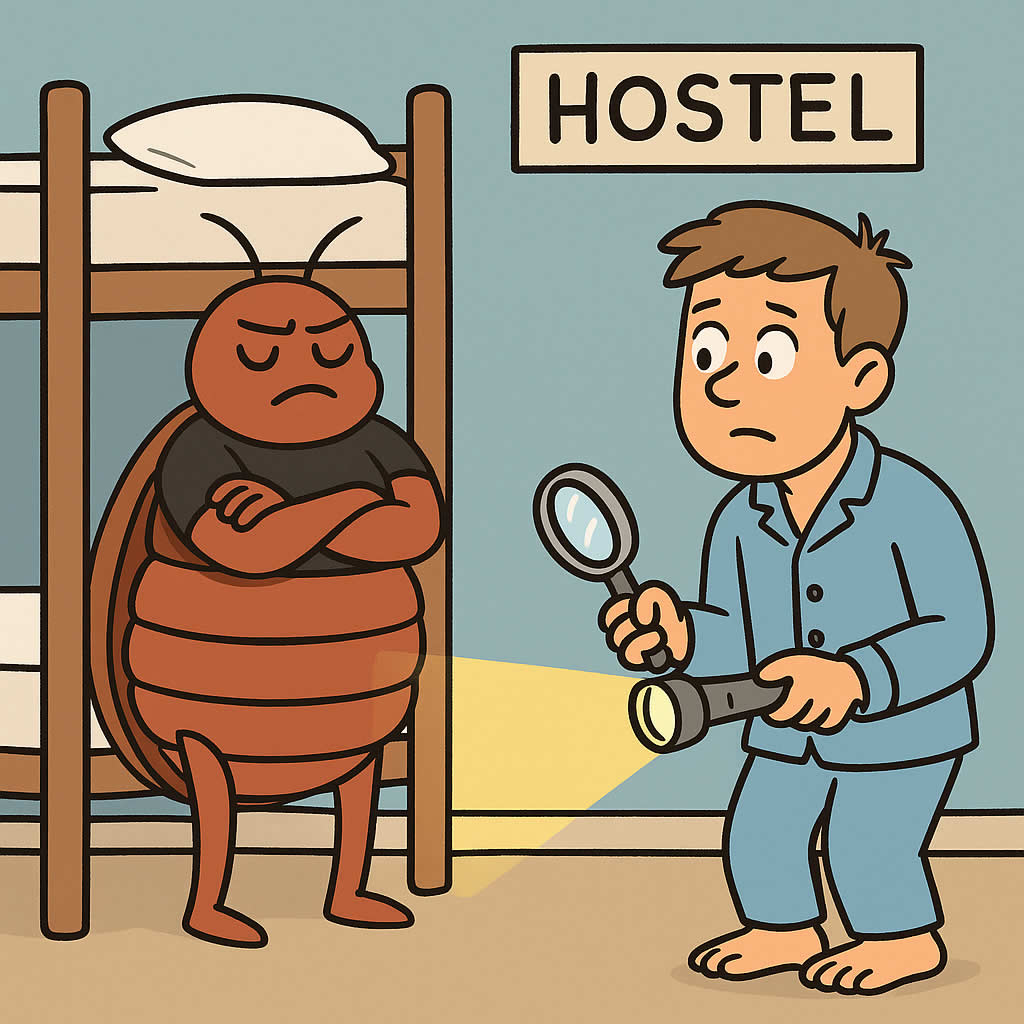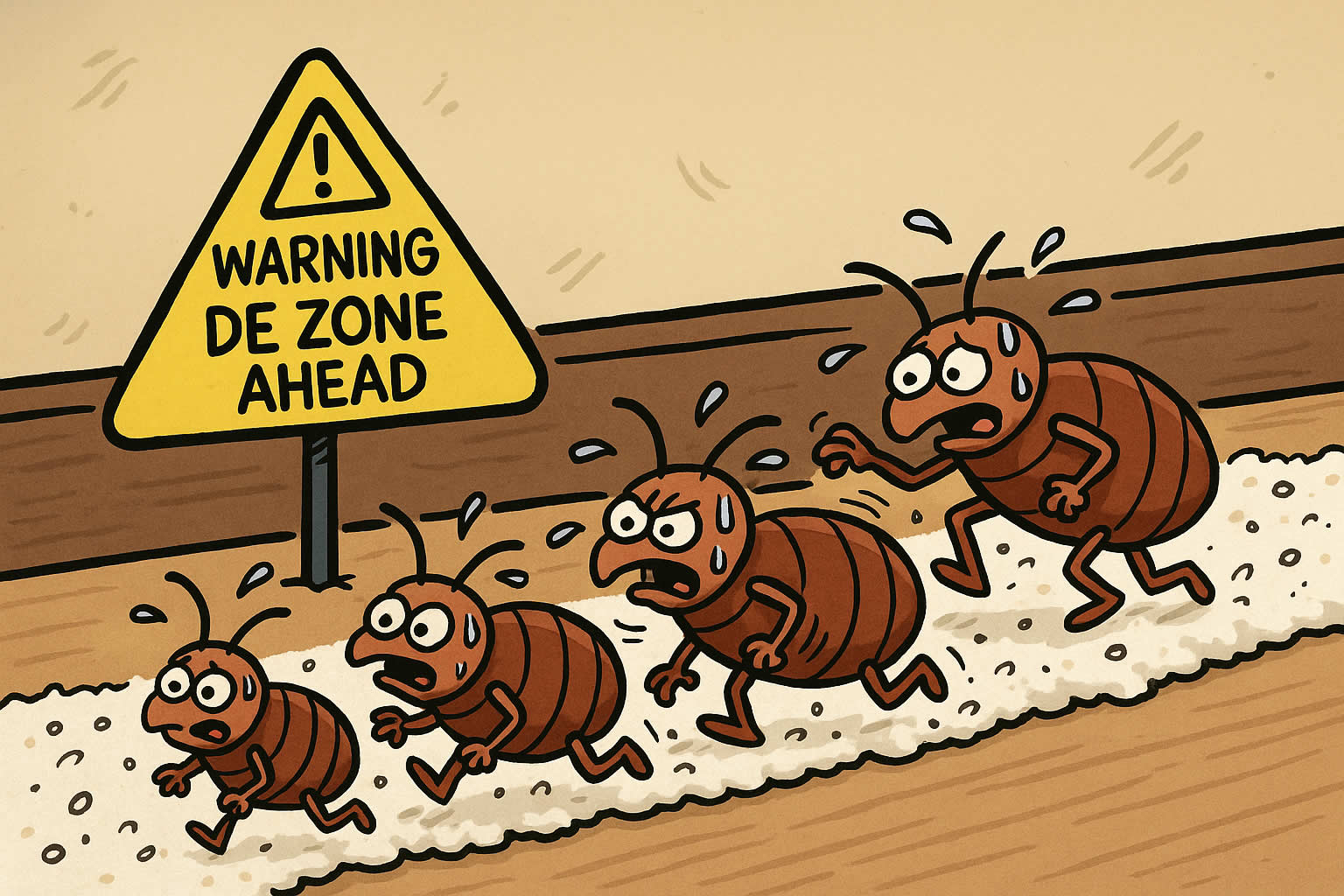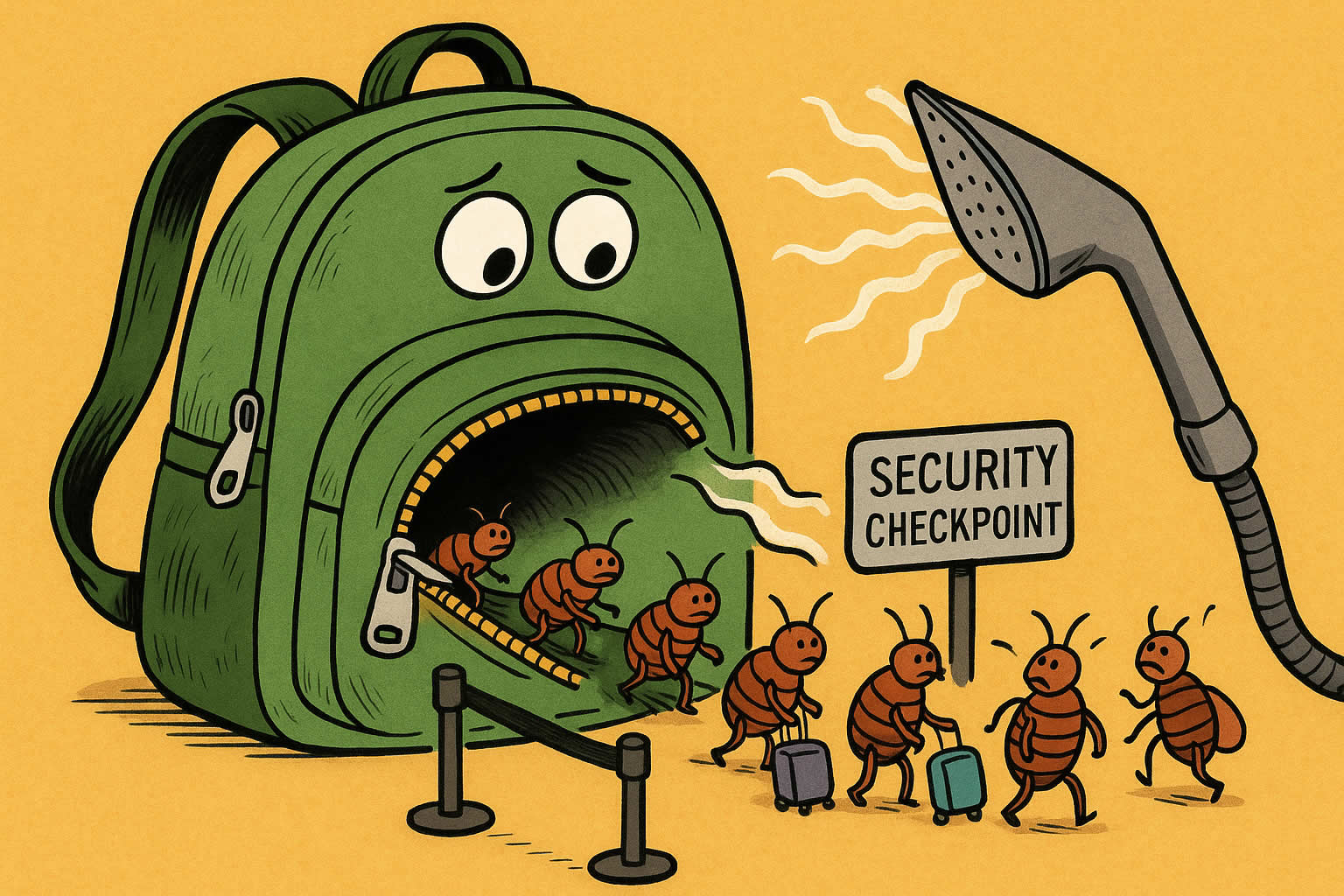Related Queries
ToggleIf you’re working with rats in research or animal care, you might want to know how stressed they are. It’s not always easy to tell. You can’t ask them how they’re feeling, and even though they show signs, those signs don’t always mean the same thing. That’s why you need to measure stress properly — using a few different methods, depending on what you’re looking for.
So if you’re trying to work out what’s going on in a rat’s body and mind, here’s what you need to know. I’ll walk you through the signs to watch, the tools people use, and what it all actually means.
Why You Might Want to Measure Stress in Rats
First things first — why bother?
Well, stress affects everything. When rats are stressed, they behave differently. They eat less, they move more or less, they sleep badly, and sometimes they even stop grooming themselves. If you’re studying behaviour or brain function, and you don’t factor in stress, your data might be off. It could affect your results without you even knowing.
And if you’re caring for lab rats or pet rats, you want them to feel safe and comfortable. High stress over time can hurt their health.
Measuring stress helps you understand what the animal is going through, and it can help you make things better.
What Stress Looks Like in a Rat
Before you measure it, you’ll want to spot it.
Stress can show up in different ways, and not every rat reacts the same. But generally, here are a few things you might see:
- Less movement or freezing in place
- More grooming (or sometimes none at all)
- Hunched posture
- Biting the bars or trying to escape
- Loud squeaking when handled
- Change in eating or drinking habits
All of these can suggest something’s off. But again, one behaviour alone doesn’t prove a rat’s stressed — it just tells you to look closer.
The Three Main Ways to Measure Stress
Let’s break this down.
There are three main areas people look at:
- Hormone levels
- Behaviour changes
- Physical signs in the body
Each one tells you something different. And when you put them together, you get a clearer picture.
Hormone Levels (Like Corticosterone)
In rats, the main stress hormone is called corticosterone. When a rat feels threatened or anxious, this hormone goes up.
So one way you can check for stress is by measuring it.
You can do this in a few ways:
- Blood samples – You take a small amount of blood and test it in a lab. This shows you how much corticosterone is in the rat’s system.
- Saliva or urine – Less invasive, but not always as reliable. Still, these can give you a good idea of the rat’s stress level over time.
- Faeces – Believe it or not, hormone levels can show up here too. This method is useful if you don’t want to handle the rat at all.
The trick is to collect the sample quickly. If you stress the rat out just by picking it up, the hormone levels will spike, and your results won’t reflect what was going on before.
Behaviour Changes (Like Avoidance or Freezing)
This one’s a bit more hands-on. Or rather, more eyes-on.
You observe the rat and note how it behaves in certain situations. People often use specific tests designed to reveal stress.
Here are some of the most common ones:
Elevated Plus Maze
It’s a plus-shaped platform with two arms open and two closed. Rats tend to avoid open spaces when they’re stressed. If the rat spends more time in the closed arms, that could mean it’s feeling anxious.
Open Field Test
You place the rat in a large, open box and watch how it moves. A relaxed rat might explore. A stressed rat might freeze or hug the walls.
Light/Dark Box
This is a box split in two — one side lit up, the other in the dark. Rats usually prefer the dark side. But if they’re less stressed, they might explore the light side more.
These tests give you clues about how comfortable or nervous a rat is. They don’t give you numbers like hormone tests do, but they’re still really useful.
Physical Signs (Like Weight Loss or Fur Changes)
Sometimes stress shows up in the body.
If a rat’s stressed for a long time, it might:
- Lose weight, even if it’s eating the same
- Show patchy fur or skin problems
- Have changes in temperature or heart rate
- Heal more slowly from injuries
These things take time to notice, but they can point to long-term stress. You might also see changes in brain structure or immune response, especially in more detailed research.
Putting It All Together
None of these signs on their own can tell you everything. But together, they help you build a full picture.
Let’s say your rat avoids the open arm in the maze, shows high corticosterone in its blood, and has stopped grooming. Now you’ve got more than one clue. That tells you with more confidence that it’s stressed.
On the other hand, maybe its behaviour looks normal, but the hormone level is high. You might need to test again or look into something else going on — maybe the environment’s too noisy, or another rat is being aggressive.
It’s all about building a full picture, bit by bit.
How the Environment Affects Stress
Where the rat lives matters. Everything from the size of the cage to how often it’s cleaned can affect how calm or anxious a rat feels.
Things that can raise stress:
- Loud noises or sudden movements
- Bright lights with no dark place to hide
- Being alone for too long
- Being handled roughly
- Not having places to hide or explore
Things that lower stress:
- A calm, quiet space
- Regular routines
- Gentle handling from a young age
- Toys or tunnels to play in
- Companionship with other rats
If you’re trying to keep stress levels low — or if you’re trying to study stress accurately — these factors are worth paying attention to.
Ethical Considerations
It’s worth saying — if you’re working with animals, there’s a responsibility to treat them well.
That means thinking about how stressed they might feel, even during tests. If you need to collect data, try to do it in a way that’s quick, clean, and doesn’t cause harm. Handle them carefully. Give them space to recover.
And if you’re trying to study the effects of stress, make sure there’s a plan for what happens after — whether that’s care, treatment, or a better home environment.
How to Keep Track of Stress Over Time
If you’re monitoring rats for weeks or months, keeping a proper record helps.
You might want to:
- Write down behaviours you observe each day
- Keep a log of weight and fur condition
- Record the results of hormone tests
- Track how often the rat is handled or tested
Over time, this gives you patterns. You might spot changes early. And you’ll know whether the rat’s stress levels are going up or coming down.
It’s not just about getting the data — it’s about seeing the whole story.
Final Thoughts
Measuring stress in rats isn’t about a single test or tool. It’s about looking at the animal from a few angles and working out how it’s reacting to its environment.
You check its hormones, watch how it behaves, and keep an eye on its health. You look for patterns, not just one-off signs. And you stay aware of how your own actions — like how you handle it or where you keep it — might affect what you see.
If you’re patient, careful, and consistent, you’ll be able to tell when a rat’s feeling stressed — and more importantly, what to do about it.
Looking for pest control Cumbria?
Pest Control Shelton – Pest Control Felmersham – Pest Control Meppershall
